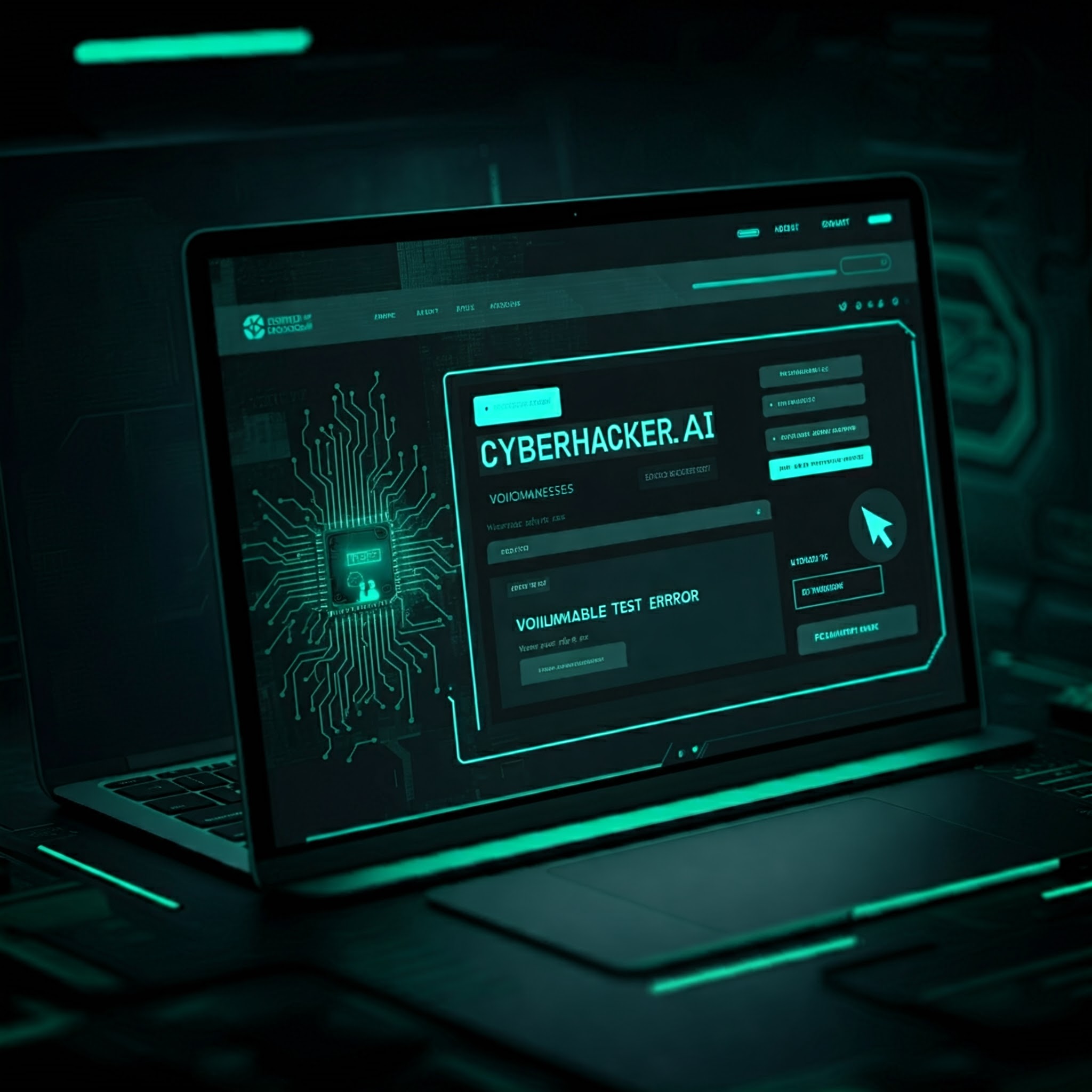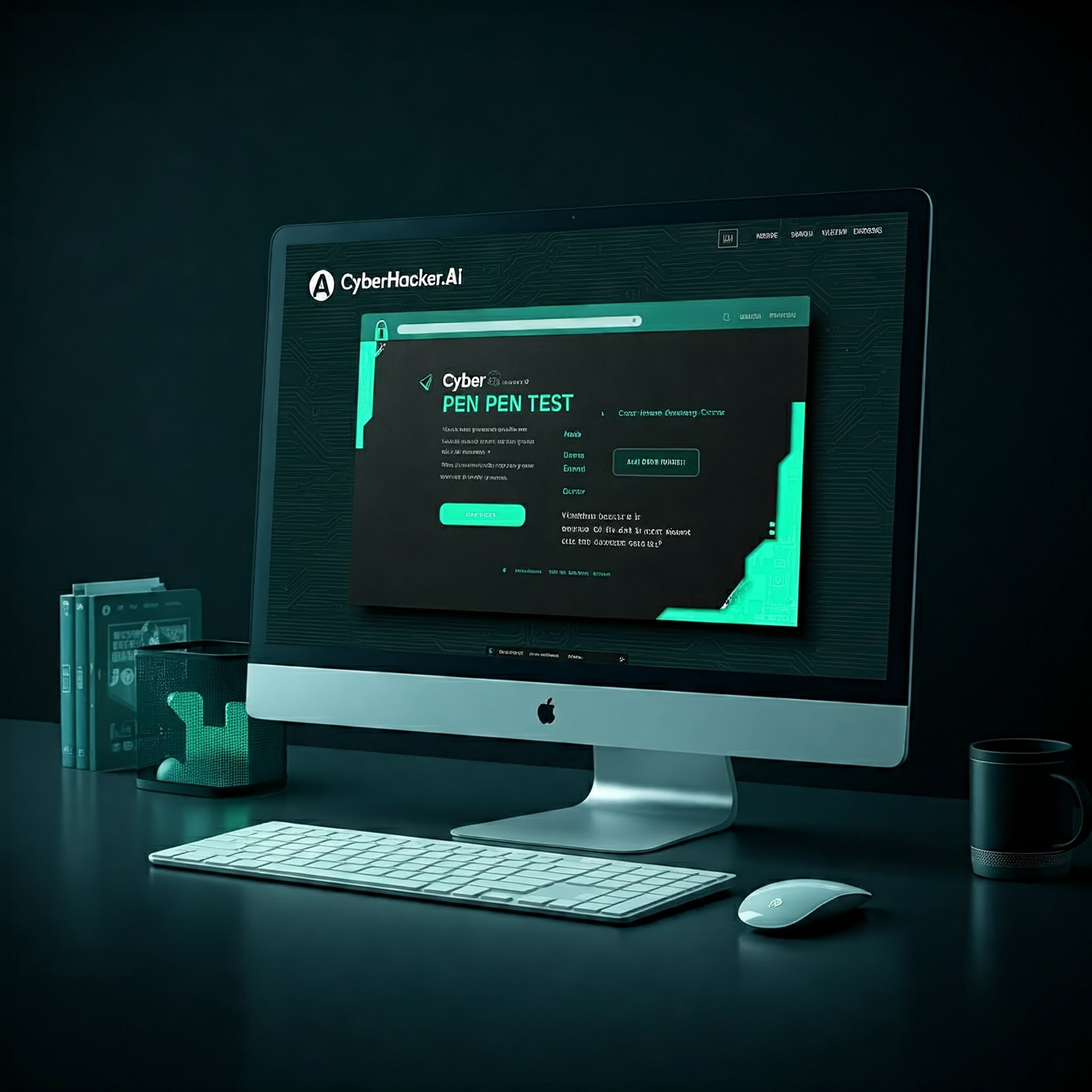Penetration testing, often known as “pen testing,” is a critical cybersecurity practice that involves simulating attacks on a computer system to find vulnerabilities. Traditionally, penetration testing has been a labor-intensive, time-consuming process conducted manually by cybersecurity experts. However, with the rise of artificial intelligence, pen testing is undergoing a revolution that is making it faster, smarter, and more effective.
AI-powered penetration testing tools are designed to assist security professionals in finding vulnerabilities with greater accuracy and efficiency. By leveraging machine learning, these tools can identify potential weaknesses by learning from a wide range of previous attacks. The result is a testing process that can cover more ground in less time while identifying vulnerabilities that might have otherwise gone unnoticed by a human tester.
One of the key benefits of AI-driven pen testing is its ability to simulate sophisticated attack strategies that mimic the tactics used by real-world hackers. With machine learning, AI tools can continuously evolve their attack techniques, learning from new data to stay updated on emerging threats. This dynamic approach ensures that penetration tests are always aligned with the latest cybersecurity landscape.
Additionally, AI can automate many of the repetitive tasks involved in penetration testing. Tasks like scanning for open ports, testing password strength, and identifying outdated software can be handled by AI, which drastically reduces the time required to conduct a thorough pen test. This automation not only enhances the speed of pen testing but also reduces the chances of human error, making the process more reliable.
AI also plays a role in vulnerability assessment. By analyzing large datasets of potential threats, AI can provide detailed reports that highlight vulnerabilities based on severity and potential impact. This allows cybersecurity professionals to prioritize the most critical risks and focus their remediation efforts effectively. Furthermore, AI’s ability to provide actionable insights helps in developing robust security measures and defending against future attacks.
However, it’s important to note that AI-powered penetration testing is not without challenges. AI can help identify vulnerabilities, but human judgment is still necessary for interpreting results and understanding the broader context of an organization’s cybersecurity needs. AI is a tool that works best when combined with human expertise to interpret findings and implement appropriate measures.
In conclusion, AI has the potential to revolutionize penetration testing by making it faster, more efficient, and more effective. By combining AI-driven tools with human expertise, organizations can identify and fix vulnerabilities more comprehensively, enhancing the overall security posture of their systems.













